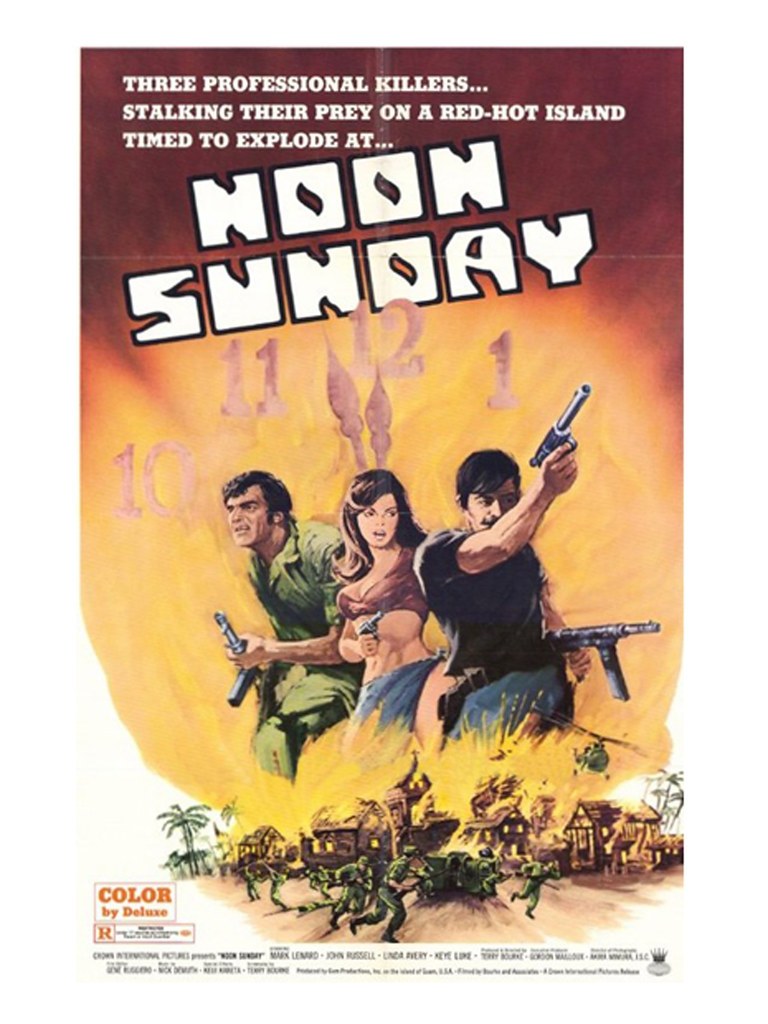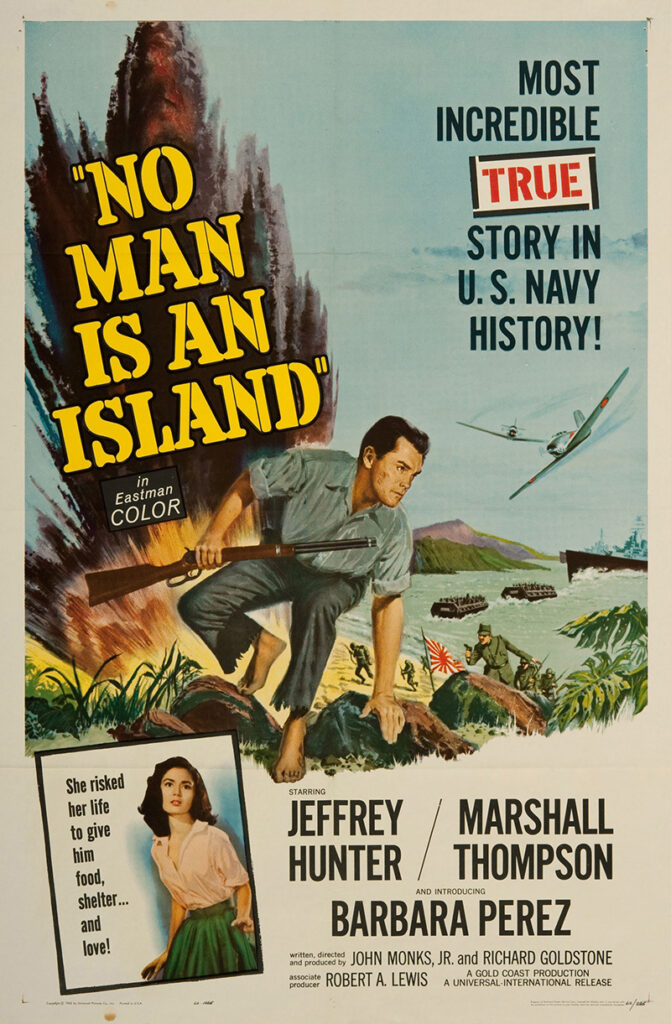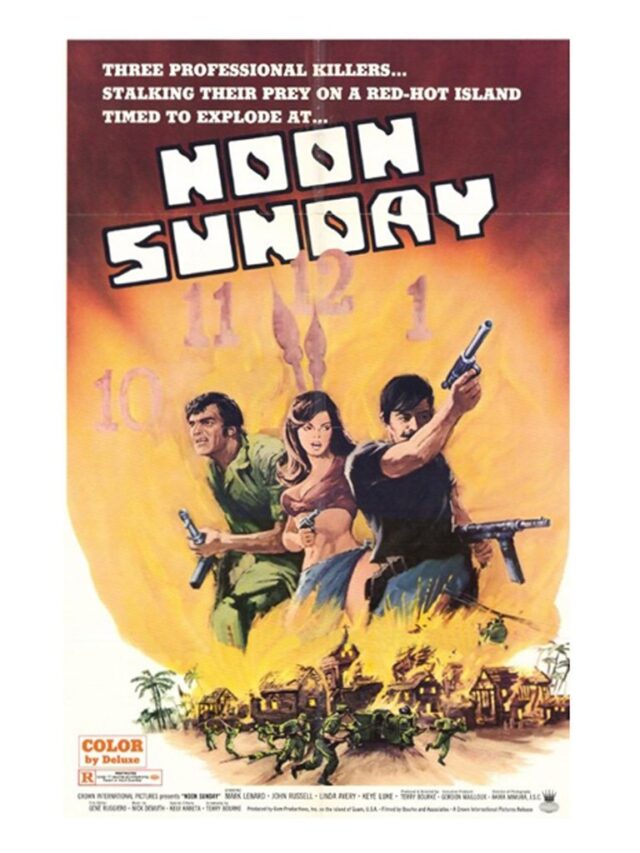In digging deeper into my research about Guam and its colonial history, I have been able to solidify the main argument for my research paper, but at the same time I felt far away from my other research goal, which is to gain a more thorough understanding of Guam in order to write a screenplay set there. While keeping in mind that any research would inevitably aid story research, I came across a paragraph in Michael Lujan Bevacqua’s “The Decolonial Deadlock in Guam” which discusses Guam’s representation in media. Bevacqua wrote that “Guam undergoes a diffusion of meaning”, and that “the only two major American motion pictures that take Guam seriously either mask Guam as a Pacific Island Cold War battleground or keep Guam as a signifier but shoot the movie in the Philippines,” (108).
I realized that the voicelessness that characterizes Guam’s political status is intrinsically linked to its lack of representation in media, and the “diffusion of meaning” that makes it either an interchangeable backdrop, or a forgettable island in the Pacific. In my project proposal, I wrote that I had never seen Guam or a Guamanian character on screen before. The ways in which Guam has been overlooked and erased in media mirrors the extent to which it is overlooked by the U.S. government.
My research inquiry is deeply rooted in cultural narratives, and since my concentration is focused primarily on storytelling in film, I find it fascinating that the narrative of Liberation Day on Guam has never (to my knowledge) been memorialized on screen. I wonder if this has to do with the fact that many survivors of Japanese internment are still alive, and if their children and grandchildren have developed different or more nuanced views because memory, both individual and cultural, is less concrete and can be less confrontational than a film.


